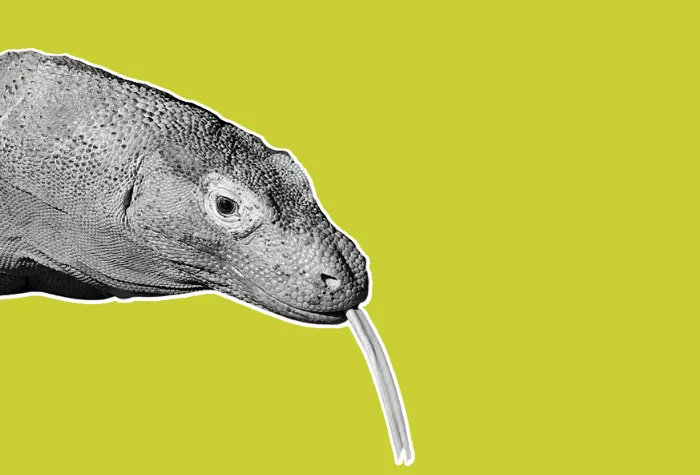
The Komodo dragon is now endangered
The species could see a 71 per cent reduction in its habitat in the next 50 years.
The Komodo dragon, the world's largest living lizard, is now endangered after 25 years of existing on the International Union for the Conservation of Nature (IUCN) database as 'vulnerable'.
The elevated status comes as a team of Indonesian and Australian researchers published a paper in the journal Ecology and Evolution, detailing the threats facing the species, including rising sea levels.
Currently, there are less than 1,400 adult Komodos left, living on a pocket of Indonesian islands in fragmented locales that make up a total area of about 809 square kilometres.
While most Komodo dragons don't make it to adulthood, those that do can live up to thirty years. Males are typically around 2 meters long and weigh about 90 kilograms, but have been known to grow larger.

Rising sea levels stand to threaten numerous species - not just the Komodo dragon. Graphic created by Cheryl Santa Maria. Photo source: Mark Dumont/Wikipedia CC BY 2.0.
The IUCN re-assessment is based on an evaluation of several factors. Rising sea levels, for example, could reduce the dragons' limited range by up to 71 per cent in the next 50 years, the authors of the Ecology and Evolution paper say.
But Komodo dragons aren't an isolated case: Dr. Jeff Streicher, the Senior Curator of Amphibians and Reptiles at the Natural History Museum in the UK said the changing climate stands to affect "every species":
"Dozens of species are continuing to move higher in elevation to track their preferred thermal environment, and with decreasing space, there is now competition between them," Dr. Streicher said in a statement on the museum's website.
"As well studied as the Komodo Dragon is, there are lots of organisms that inhabit Komodo, from insects down to microbes, that we know little to nothing about. The dragon's movement is related to the loss of habitat, and, sadly, to the loss of our ability to understand everything else that lives in that habitat."











